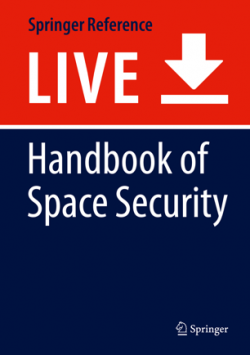The New Space Economy: Consequences for Space Security in Europe

The “new space economy” as a new paradigm able to revolutionize space activities shall be discussed. There is a large consensus of perceptions which tends to define this set of US-led policies and investments as a shift for all space activities. This is the reason why it is triggering effects worldwide and creating a new context for European space activities. In Europe, space policies have often been characterized by a dialectic between plurality and collaborative common frameworks. Large European Union member countries such as France, Germany, and Italy have developed a space policy on a national basis, although they traditionally collaborate through ESA, an international intergovernmental organization. More recently, the European Union, which does not share the same membership and rules as ESA, has stepped into space activities. These three layers help us define a fragmented European space panorama, which has always found it difficult to respond to the critical mass developed by US public and private policies. This is today the case with the “new space economy,” where the USA is fundamentally renewing its public policy in order to create a more efficient and business-friendly approach to space, a shift which has helped create a new breed of space entrepreneurs, IT tycoons investing in space with considerable financial capabilities, and tech incubator methodologies. This paradigm has renewed investments, technologies, and a new spirit of space conquest and puts enormous pressure on the European space sector, which has to renew its classic approach. Europe needs to come up with a more strategic space vision that is able to take into account not only the outcomes of new technology but also the inbred characteristics of space-based technology production and data fluxes, with key issues in terms of security.
-
Details
in Kai-Uwe Schrogl (ed.), Handbook of Space Security. Policies, Applications and Programs, Cham, Springer, 2019 -
ISBN/ISSN/DOI:
978-3-030-22786-9; https://doi.org/10.1007/978-3-030-22786-9_74-1


